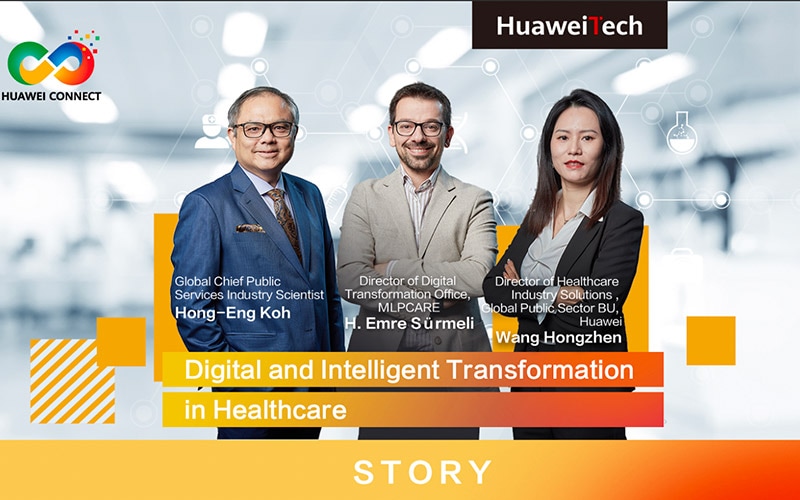TechTalks
How can Enterprises Best Ride the Wave of Global Digital Transformation?
Wu Lianfeng, Vice President and Chief Analyst of IDC Beijing, sat down with HuaweiTech to discuss global digital development trends, the challenges enterprises face with digitalization, and how they can optimally implement digital strategies.


By HuaweiTech
HuaweiTech: What stage is global digitalization currently in? What are your predictions for trends in digitalization and related areas?
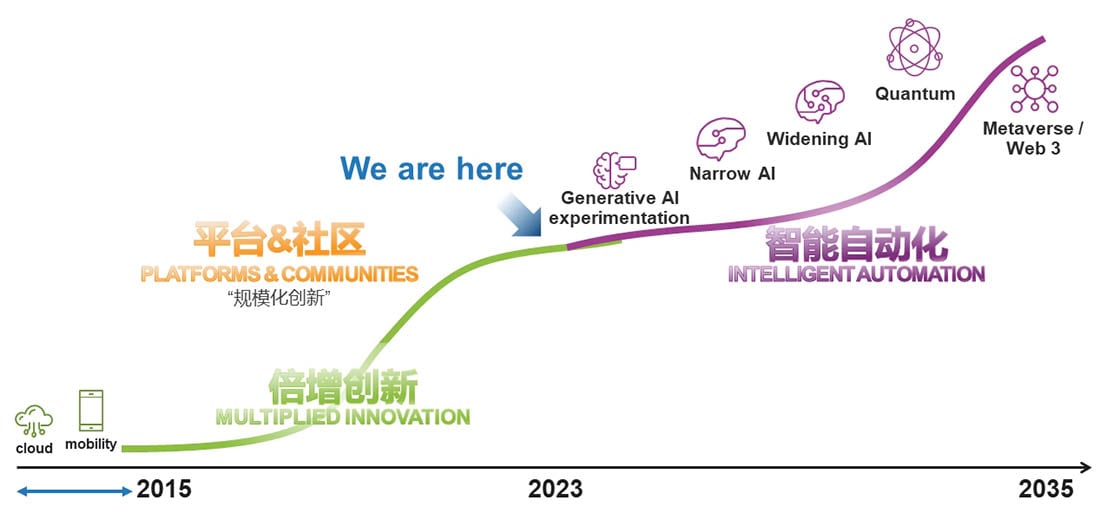
Wu Lianfeng: Global digitalization has entered a golden period of development and huge potential exists for future development. A key engine of economic growth, the need for digitalization has become a consensus among all countries, industries, enterprises, and individuals. We can see that today's global digital development has entered new territory. We are witnessing the transformation from digitalization in a limited number of enterprise departments to all departments, from the adoption of individual technologies to the integrated application of diverse technologies, from innovation in pilot projects to large-scale innovation, and from value in single areas to value for customers and ecosystems. These developments reflect the current advanced stage of global digital development, as does the importance attached to digitalization by governments and enterprises. We also believe that the era of digital business has arrived and a new technology revolution has begun. Intelligent automation and AI-based innovation are the engines of the future.
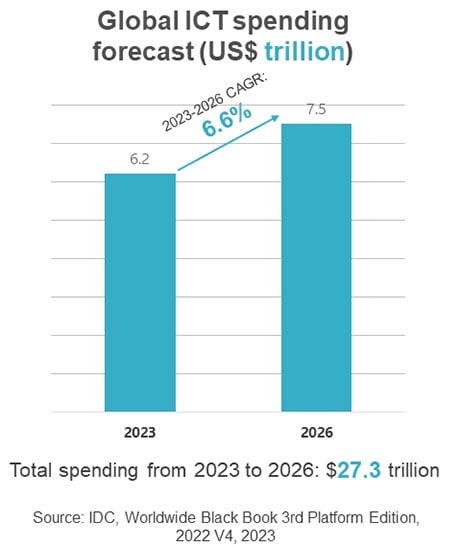
According to research by IDC, global ICT spending will reach US$6.2 trillion in 2023 and is expected to increase to US$7.5 trillion by 2026, with an average annual growth rate of 6.6%. According to our estimates, global ICT spending from 2023 to 2026 will reach US$27.3 trillion.
HuaweiTech: How would you define digital productivity? What are the main challenges with driving the digital transformation of countries and industries? What are your recommendations for tackling these challenges?
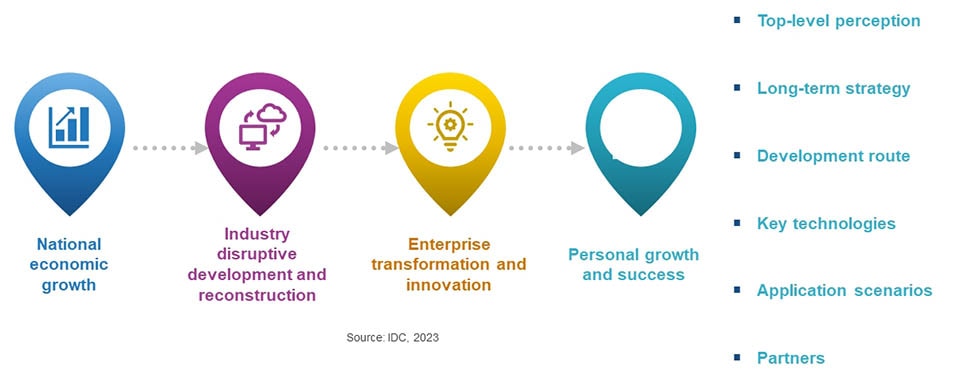
Wu Lianfeng: Digital productivity refers to the ability to use digital technologies or digital means to improve productivity. In the digital economy, digital productivity is crucial. It can help countries, industries, enterprises, and individuals use resources more efficiently and create more value. As the digital economy continues to develop, digital productivity will become even more important. It will become a key factor in each country's economic growth, industry disruption and reshuffling, enterprise transformation and innovation, and personal growth and success.
To make digital productivity work and deliver long-term value, I think there are at least a few things that need to be done. First, we need to have top-level awareness, which means countries need to have an overall national plan for digital productivity, executives of industries and enterprises need to have a clear understanding, and even individuals need clear awareness. Second, we need a long-term strategy. We have always emphasized that digital transformation, or creating digital productivity, is not a short-term process, but a long-term journey. Therefore, we need to develop a long-term strategy. Third, based on this long-term strategy, we need to have a good development path and define our goals for the next two years, for the third to fourth year, and beyond.
There is no doubt that we need to make full use of the various key technologies available to us, including cloud, AI, IoT, and 5G. In fact, the economy can become its own engine for development if we continuously integrate new technologies into businesses. In addition, we need to create various application scenarios in which technologies that have been integrated into businesses can directly create value for users.
At the same time, with the growth of digital productivity, innovation has become more and more difficult. Therefore, figuring out new ways to innovate with others in the ecosystem and with our partners will become critical.
HuaweiTech: What are the characteristics of enterprise digitalization? What defines a digital enterprise?
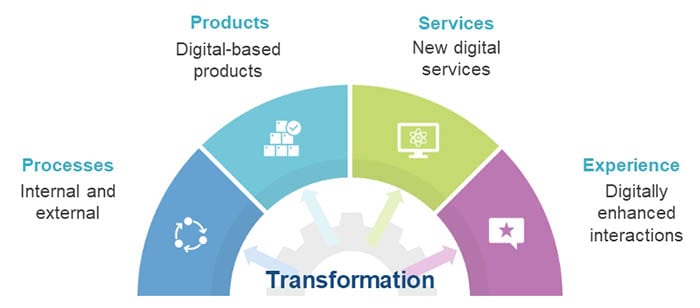
Wu Lianfeng: Enterprise digitalization covers many aspects, including internal and external business processes; interactions with customers, suppliers, and partners; attracting, managing, and retaining employees; and the types of products, services, and experiences to be offered. To achieve digitalization in all these areas, enterprises must first implement a digital-first strategy. That means, when problems are encountered, enterprises need to first think about how to use digital technologies and solutions to solve the problems. Second, digital transformation must have the support of CEOs and business executives so that all departments can be coordinated to realize digital transformation.
Third, the use of digital technologies must have clear goals. For example, technology can be used to innovate or to compete in the market. Finally, digital initiatives need to be used to deliver massive digital value. This is because digital transformation requires substantial investment, and the value generated must be visible and tangible to enterprises.
HuaweiTech: What are the key challenges and core elements of the industry and enterprises' digital transformation goals?
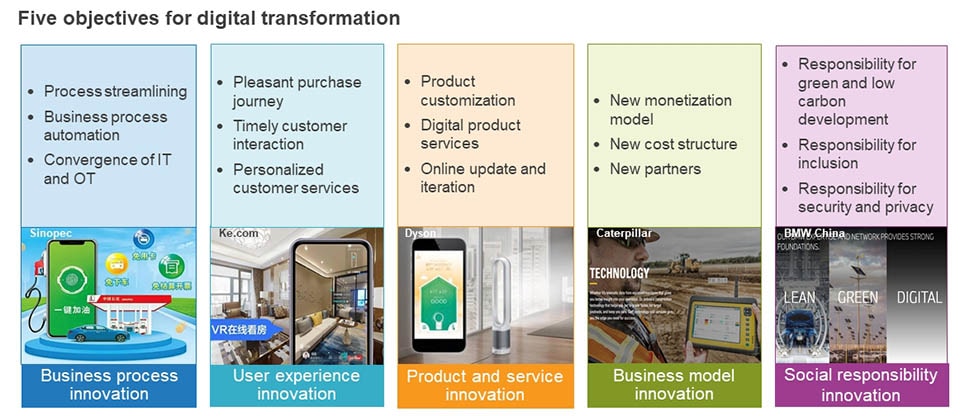
Wu Lianfeng: We believe that the goals of enterprise digital transformation can be divided into five aspects. The first is business process innovation to improve efficiency and reduce costs. The second is user experience innovation to continuously implement user-centricity. The third is product and service innovation, especially how manufacturing enterprises make their products and services intelligent. The fourth is business model innovation, and the last is social responsibility innovation.
The digital transformation of all industries and enterprises centers on these five types of goals. However, there are several challenges in achieving them. The first is a lack of collaborative innovation, or more specifically, the lack of a platform to enable collaboration. The second challenge is a shortage of experience and skills among enterprises, especially a shortage of talent, and high-end talent in particular. The third is that many enterprises today only focus on short-term tactical planning rather than long-term strategic planning. Fourth, organizational structures are isolated from each other. And fifth, appraisal systems are largely obsolete.
To overcome these challenges, we need to focus on the core of digital transformation. This means tapping into the value of data, making use of data acquisition and governance, data mining and analysis, data presentation and visualization, data monetization and innovation, and unleashing the value of data in business operations.
- Tags:
- Digital Transformation



